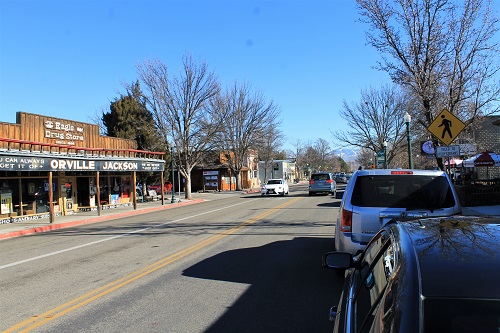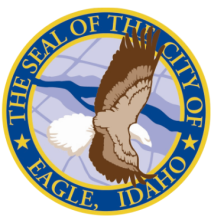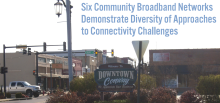Eagle, Idaho To Connect First Residents To City’s Open Access Fiber Network
Eagle, Idaho is preparing to connect the first of the city’s 32,000 residents to a new, municipally-owned open access fiber network. The project, which the city says will take between five to 10 years to complete, is being heavily funded by federal grants, and aims to meaningfully boost broadband competition – and affordable access – citywide.
ISLR profiled Eagle’s efforts last year, noting that the $5 million initial downtown fiber loop was jump-started with the help of the city’s $6.7 million allotment of American Rescue Plan Act (ARPA) funding.
Roughly 300 homes and 30 businesses should be able to connect to the network within the next six months, the city now says. More than 30 residential subdivisions are in the early deployment phase, and the project will expand steadily over the next decade, funded by revenues from existing subscribers and future state and federal grant opportunities.
Like countless American communities, Eagle suffers from a notable lack of competition between regional phone giant Lumen (formerly Centurylink, now operating under the Quantum brand), and regional cable company CableOne (under the Sparklight brand). That muted competition results in high prices, spotty access, slow speeds, and substandard customer service.

Enter Eagle’s open access fiber network, which will allow numerous ISPs to compete in layers, driving down market entry costs for providers and broadband access prices for consumers. City leaders say the aim is to offer symmetrical gig speed service for between $50 and $60 to residents, and $150 per month to local businesses.










